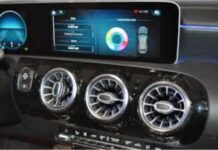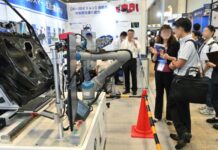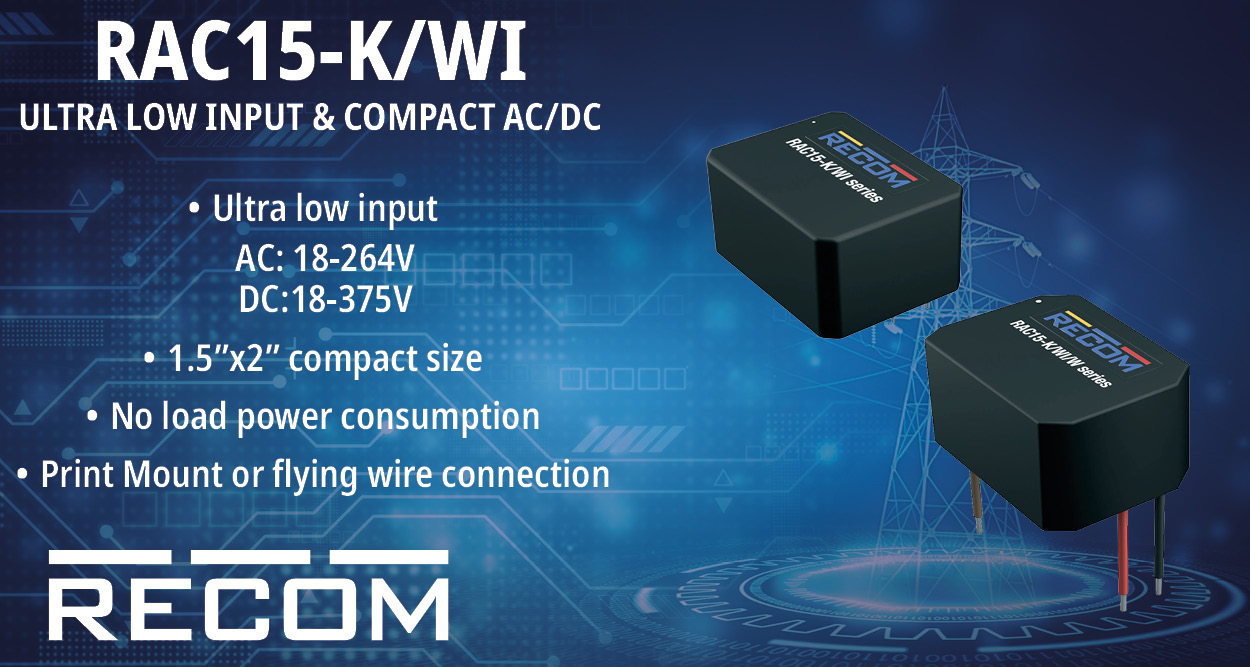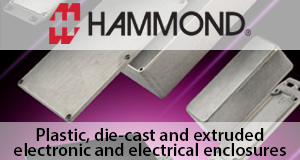The electric vehicle (EV) revolution is speeding up. As thinking shifts from fossil fuels to all-electric, visions of a brighter, more optimistic world come into view. But even here, there are challenges ahead, especially when it comes to fuse protection of the battery.
An electric vehicle charging station, also called EV charging point, is a specialist piece of equipment that supplies electric energy for the recharging of electric vehicles, such as 100% battery electric vehicles, and plug-in hybrids.
As plug-in hybrid, electric vehicles and battery electric vehicle ownership is expanding, there is a growing need for widely distributed publicly accessible charging stations, some of which support faster charging at higher voltages and currents than are available from residential EV charging points. Many charging stations are on-street facilities provided by electric utility companies or located at retail shopping centers and operated by many private companies. These charging stations provide one or a range of heavy duty or special connectors that conform to the variety of electric charging connector standards.
Current electric vehicles increasingly require stronger fuses, for example in the form of a fusible link, as the power density of the batteries increases. Therefore, additional, more powerful fuses must protect the circuits from over-current and short circuit. These not only have to reliably protect the system against high currents, they also have to function safely at ever higher system voltages. Failure of the protective devices can result in injuries to the operator and serious damage to the system.
Fuses for electric vehicles consist of a fusible link that connects two electrical contacts and is surrounded by an insulating housing. In use, the electrical contacts are galvanically separated, so that the melting of the fusible link interrupts the circuit. The choice of material and geometry of the fusible link are decisive for the tripping characteristics of the respective fuse. Fusible conductors are usually made of fine silver or a copper-silver alloy.
Such a fuse element is heated by the current flowing through it. If the rated current of the fuse is significantly exceeded for a certain period of time, the fuse element will melt. After the fusible conductor metal has melted, a plasma is created in the gaseous state of the fusible conductor and an arc is formed, the intensity of which depends largely on the current strength and voltage of the current to be switched off. In the event of a short circuit, this current can be several orders of magnitude higher than the rated current of the fuse.
To extinguish the arc, the fusible conductor is surrounded by compacted, high-purity quartz sand, which melts in the area of influence of the arc and combines with the fusible metal to form a non-conductive sintered body. After the arc has been extinguished, the circuit to be protected is disconnected. The sand filling also suppresses the gas pressure of the explosively vaporizing fuse element. The purity, grain size and packing density of the quartz sand used are decisive for arc extinguishing. Minor inorganic contamination can lead to vitrification of the sand. This is absolutely undesirable because glass is electrically conductive when molten.
In the event of a short circuit, the fuse must safely switch off the expected maximum current. The external shape of the fuse must remain intact. The tripping time of a fuse depends on the characteristics, as well as on the current as a factor of the rated current. The rated current of a fuse is not a hard limit at which a fuse trips if it is only slightly exceeded.
High-voltage overcurrent fuses for electric car are relatively new products. They combine the properties of low-voltage fuses and automotive fuses. Manufacturers must take into account the special environmental condition for mobile use in vehicles when constructing and designing components.
Mechanical loads from shocks and vibrations must not affect the functional reliability and service life, just like electrical load changes or extreme ambient temperatures and high humidity. This is why they differ significantly in terms of structure and material selection from those fuses that are only intended for stationary use.
With the increased power density of electrical storage devices for electric vehicles, the requirements for electrical protective components are also changing. Increasingly stronger fuses are therefore required both for the charging infrastructure and for use in the on-board systems.
For electric vehicle companies that require absolute protection for sensitive internal components and a quality guarantee, look no further. Certified under one of the automotive industry’s most widely used-standard for quality management – IATF 16949 – Conquer fuses are sure to deliver outstanding quality and safety. As the automotive industry delivers increasingly richer and fuller in-car entertainment experiences, Conquer is keeping pace to ensure electric vehicles with higher electricity loads can continue to deliver outstanding product safety. Supported by state-of-the-art, fully automated production facilities, Conquer enable leaders across the industry to safely keep up with the latest trends.
Conquer power fuse K8F series, with voltage rating up to 800V, offer optimal protection against overload and short-circuit events in high power AC/DC circuits.

















